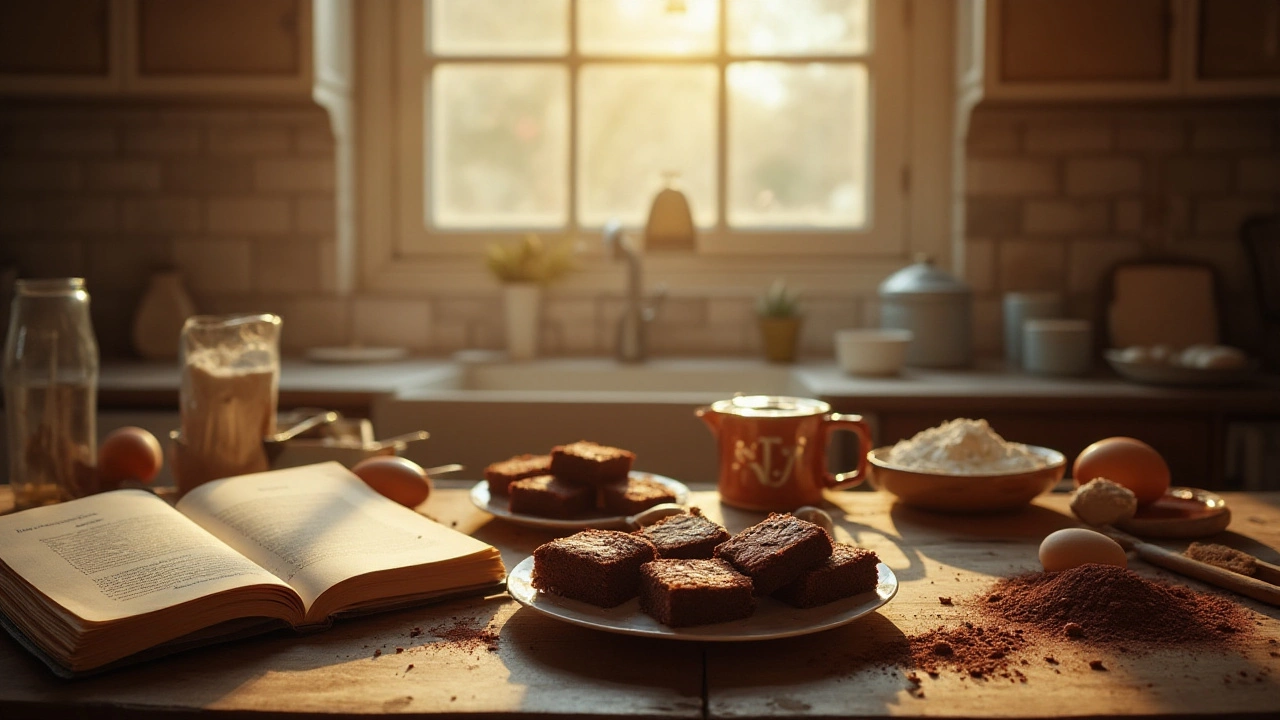
Brownies have found their way into the hearts and homes of dessert lovers across the globe. With their luscious chocolate flavor and delightful texture, they stand in a delightful spot between a cookie and a cake, giving everyone something to love.
Digging into the history of brownies, one finds a rich tradition that began in the United States and has since spread worldwide. Whether you like them chewy or cakey, with or without nuts, there is a type of brownie for every palate. This journey through the world of brownies will uncover the secrets behind their allure and offer tips on perfecting your baking skills.
Chocolate aficionados and novice bakers alike flock to the kitchen to make these sweet treats for gatherings and quiet moments of indulgence. Ready your apron and whisk, it’s time to dive into the beloved world of brownies.
- The Origins of Brownies
- Different Types of Brownies
- Essential Ingredients for Brownies
- Baking Techniques for Perfect Brownies
- Popular Brownie Variations
- Tips for Serving and Storing Brownies
The Origins of Brownies
The story of the brownie is a fascinating journey through time, and it all begins in the United States around the late 19th century. It is rather intriguing how this delightful chocolate dessert came to be such a staple in kitchens worldwide. Legend has it that the very first brownie was created by accident—an occurrence not unheard of in culinary history. A Baker in Boston is often credited with this delightful mishap, where he mistakenly left out baking powder while attempting to make a chocolate cake. What resulted was a denser, richer treat that has captivated taste buds ever since.
The early recipes for brownies first appeared in print in regional cookbooks around the turn of the 20th century. One notable publication was the 1896 edition of the Boston Cooking School Cookbook by Fannie Merritt Farmer. It wasn't until a 1904 issue of The Home Cook Book that the term "brownie" was actually used. Interestingly, these early recipes varied widely in ingredients and techniques, reflecting the evolving nature of the recipe. Some versions even included molasses, making the early iterations notably different from what we relish today.
Over the years, the popularity of brownies soared, and around the 1920s, grocery stores began packing shelves with pre-packaged brownie mixes, making the process even simpler for home bakers. This convenience and the comforting nature of brownies only fueled their fame. Despite countless variations emerging over the decades, from the cakey to the fudgy, and with or without added ingredients such as nuts or fudge pieces, the essential love for brownies has remained steadfast. Their rich taste and texture offer a nostalgic pull that few can resist.
Interestingly, the name "brownies" itself originally referred to house elves or mythical creatures in Scottish legends, known for being industrious workers. Whether this connection was intentional or not remains unclear, but it certainly adds a whimsical twist to their charm. While some desserts cling to their geographical origins, the brownie has become a truly global phenomenon, loved and adapted by different cultures and tastes around the world.
"Brownies, with their unmistakable rich, chocolatey allure, embody the magic of culinary serendipity perfectly," says renowned food historian Barbara Ketcham Wheaton.
The journey of brownies from a supposed kitchen mishap to a universally adored dessert highlights the serendipitous nature of innovation and the beauty of culinary experimentation. They symbolize a perfect blend of tradition and creativity, enticing bakers to put their own twist on the classic recipe. So, while the origins of the brownie are as varied and mysterious as its adaptations, one thing remains certain: their place as an indulgent staple in our hearts is eternally secure.
Different Types of Brownies
The brownie is an undeniable favorite among chocolate desserts, but not everyone may realize just how many variations of this classic treat exist. Each type of brownie offers a unique experience in terms of taste and texture. At its core, a traditional brownie balances somewhere between a cake and a cookie, offering the best of both worlds with its crucial hallmark: a rich, delectable chocolate base.
The two most common classifications of brownies are the fudgy brownie and the cakey brownie. Fudgy brownies are all about the decadent, almost gooey texture, often achieved with a higher fat-to-flour ratio, usually by incorporating more butter or chocolate. They are dense, moist, and burst with chocolate flavor. Cakey brownies, on the other hand, include more flour and a leavening agent like baking powder, giving them a lighter and airier consistency, more similar to that of a cake.
Gourmet brownies expand on these traditional varieties with creative ingredients or methods. One such variety is the cream cheese brownie, which features a luscious layer of cream cheese, adding a tart contrast to the sweet chocolate base. Another is the blondie, sometimes referred to as a "blonde brownie," which substitutes vanilla for cocoa, resulting in a butterscotch-like sweetness.
"The beauty of brownies lies in their versatility; you can transform their basic recipe into something bespoke," writes renowned pastry chef Stella Parks in her acclaimed book ‘BraveTart: Iconic American Desserts’.
Nut-studded brownies introduce yet another dimension by adding texture and flavor. Whether with walnuts, pecans, or almonds, these nuts can either be mixed into the batter or sprinkled on top, giving each bite a satisfying crunch. For those seeking an indulgent touch, many bakers add a layer of frosting or a dusting of powdered sugar as a finishing touch.
In recent years, dietary preferences have prompted the invention of healthier or allergy-friendly brownies. Gluten-free brownies, for instance, rely on almond flour or other alternatives, maintaining that beloved texture without the gluten. Vegan brownies, which eschew eggs and dairy, often use substitutes like applesauce or flaxseed, proving that delectable richness doesn’t have to be compromised. Each brownie type invites creativity and personalization, making the baking journey just as rewarding as the final product.
Brownie enthusiasts often debate over which type reigns supreme, but the truth is, the best brownie is the one that meets your precise cravings at any given moment. Whether you prefer a traditional recipe or one with a gourmet twist, brownies continue to offer a sweet escape, one delicious bite at a time.
Essential Ingredients for Brownies
Delving into the world of brownies, one quickly realizes that the foundation of this delectable treat lies in its carefully selected chocolate dessert ingredients. At the heart of any brownie recipe is chocolate, and choosing the right type can make all the difference. Whether opting for cocoa powder or melted chocolate bars, the depth of flavor starts here. For those seeking a rich chocolatey experience, high-quality dark chocolate is often recommended because it results in a more intense flavor.
In addition to chocolate, sugar is a crucial component, serving not just to sweeten the brownies but also to influence the texture. Granulated white sugar lends a classic sweetness and contributes to the chewiness that sweet treats like brownies are known for. On the other hand, some bakers opt for brown sugar, which introduces a hint of molasses and a touch of moisture, resulting in a fudgier result. The choice between these sugars can often boil down to personal preference and what you've got on hand in your pantry.
Flour is another key player in the making of brownies, acting as the structural backbone that brings the ingredients together. Most recipes call for all-purpose flour, which works well to achieve the perfect balance between cakey and chewy textures. However, for those with gluten sensitivities, alternatives such as almond flour or gluten-free mixes can be used, though they may affect the final texture slightly.
Eggs are essential for binding all the ingredients, and they play a vital role in the gooey appeal of many baking recipes, including brownies. It's interesting to note that the number of eggs in a recipe can be adjusted to influence the texture – fewer eggs lead to denser brownies, while more make them cakier. Sometimes bakers also include an extra yolk for added richness and chew.
Culinary expert and author, Ruth Reichl, emphasizes, "Using the freshest eggs you can find can make your brownies taste a world apart. The quality and flavor just pop!"Butter, an ingredient synonymous with indulgence, not only adds richness but also aids in forming that irresistible, crackly top layer, especially when melted before mixing. Some recipes use oil instead for a more tender crumb, which leads us to the last crucial ingredient: salt. A pinch of salt is sometimes added to contrast and highlight the chocolate notes, enhancing the depth of this chocolate dessert even more.
In summary, the art of making the perfect brownie involves understanding the role of each ingredient and adjusting them to suit your personal taste and texture preference. From choosing the right type of chocolate and sugar to experimenting with different flours and fats, every decision contributes to the uniqueness of your homemade brownies.
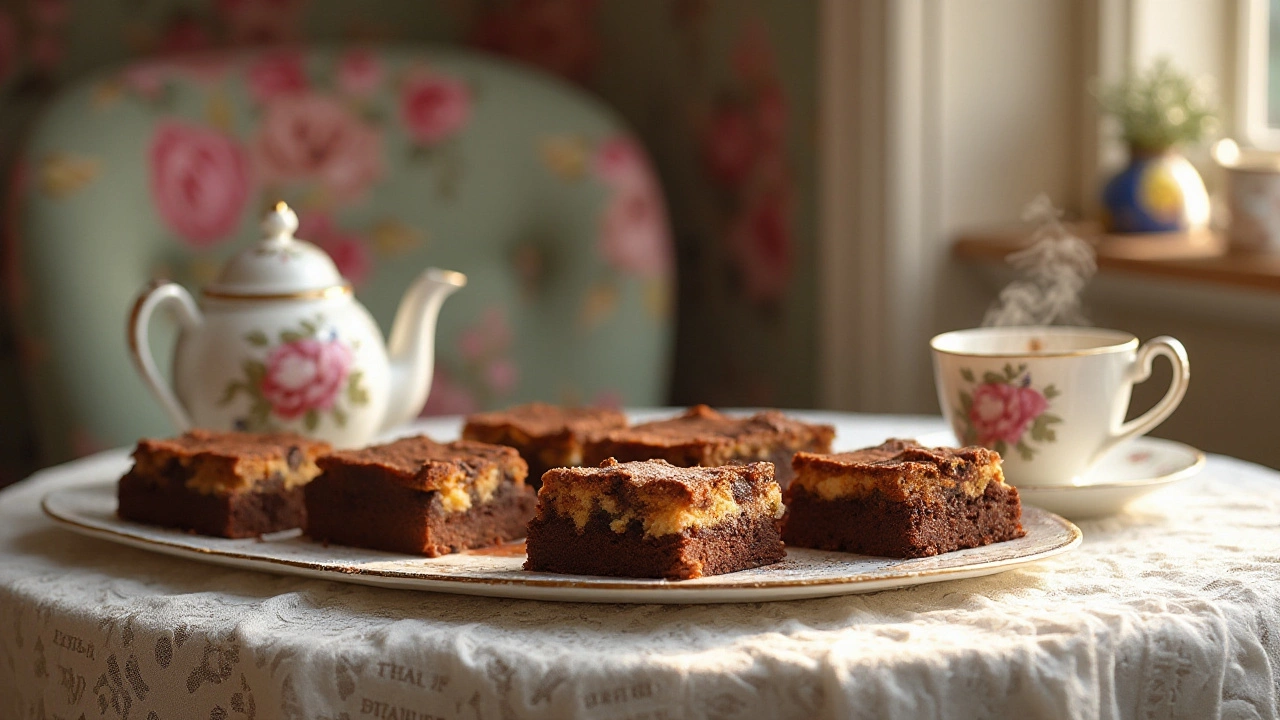
Baking Techniques for Perfect Brownies
When it comes to baking the perfect brownies, the journey begins with understanding the fundamentals that lead to chocolatey bliss. The difference between a good brownie and a mouthwatering delight lies in the judicious manipulation of ingredients and techniques. First, choose high-quality chocolate; the taste of the final product is influenced significantly by the quality of this key ingredient. Melt the chocolate slowly to ensure it doesn’t burn and develop a bitter taste— use a double boiler or microwave it in short bursts, stirring in between. Once the chocolate is ready, the incorporation of eggs, in one by one, helps create the structure and achieve that characteristic fudgy texture. Stir just enough to combine the ingredients; over-mixing could incorporate too much air, resulting in a cakey texture, which might not be ideal for those who prefer denser brownies.
The method of combining dry ingredients is just as crucial. Sifted flour, cocoa powder, and salt blend more uniformly, reducing the chance of lumps and ensuring a smooth batter. Additionally, adding salt isn't just for flavor balance; it also enhances the chocolatey goodness. Use a wide rubber spatula to fold the dry ingredients into the wet mixture— this gentle technique helps retain a denser texture. The baking process can be unique as well. Preheat your oven to ensure consistent baking temperature. One interesting consideration is the baking pan itself. A metal pan is often preferred over glass because it heats up and cools down more quickly, allowing for precise control over baking time. Line the pan with parchment paper, not only for easy removal but to also prevent the edges from overcooking.
"The perfect brownie is a study in the balance between gooey and firm, the juxtaposition of dense and airy." - Julia Child
As they bake, the aroma will fill your kitchen, heightening anticipation. Keep a close eye on the clock and resist the temptation to open the oven door frequently, as this can cause temperature fluctuations that affect baking times. The target here is to remove them just before they are completely set, as they will continue to cook from residual heat after leaving the oven. To test for doneness, insert a toothpick into the center. It should come out with a few moist crumbs, but not wet batter. Once out of the oven, patience is key; allow your brownies to cool completely. This cooling time allows them to firm up for clean slicing and enhances the flavors. For the more adventurous, consider playing with the application of flavors; a dusting of sea salt, a scoop of ice cream, or even a delicate swirl of caramel before baking can elevate a simple batch into gourmet territory.
Popular Brownie Variations
Who doesn’t love taking a classic chocolate dessert and giving it a little twist to suit different tastes? The humble brownie has paved the way for an astounding array of variations, captivating dessert lovers with countless flavors and textures. Let’s start with the popular fudge brownie, a beloved choice for those who crave an intensely gooey and chocolate-rich experience. Made with a combination of melted chocolate and cocoa, this type of brownie is all about sheer indulgence, focusing on a soft, dense center that aptly satisfies the deepest chocolate yearnings.
In contrast, cakey brownies offer a lighter, airier texture reminiscent of a traditional cake. By adding more flour and using baking powder or soda, these brownies rise higher than their fudgy counterparts, providing a spongy backdrop for absorbing flavors like vanilla or even a hint of coffee. Meanwhile, chewy brownies strike a delicate balance between fudgy and cakey by using a precise combination of sugars, giving rise to a firm yet soft bite that satisfies diverse preferences for texture.
For those who delight in experimenting, the world of brownie variations is thrilling. Peanut butter swirl brownies add a savory twist with their creamy, nutty ribbons swirled through rich, chocolatey batter, creating a stunning marbled effect that pleases the eye and palate. Meanwhile, blondies, the lighter cousin of the brownie, surprise many with their buttery flavor and focus on brown sugar and vanilla, creating a delightful alternative for those seeking something less chocolaty but equally delicious.
The trend of adding exciting toppings and mix-ins reflects the modern crave for customization. From the classic addition of chopped nuts to innovative ingredients such as marshmallows, pretzels, or even sea salt, the possibilities are boundless. A popular trend is to top brownies with lavish ingredients like edible gold leaf or incorporate spice blends for a spicy, warming kick. Loretta Smith, a renowned pastry chef from New York, famously said, “Brownies are like a blank canvas, inviting your inner artisan to create a work of sweet perfection.”
For an elegant variation, consider the cheesecake brownie, combining the luxurious texture of cheesecake with the rich depth of brownies to create a sensational two-layer treat. The muted tanginess of the cheesecake layer perfectly complements the robust cocoa flavor, making it a popular choice for formal occasions and celebrations. Similarly, mint chocolate brownies, adorned with a minty frosting or infused with peppermint extract, introduce a refreshing twist that reinvigorates the traditional chocolate hit.
Finally, catering to dietary restrictions has expanded the brownie universe with gluten-free and vegan options, ensuring that everyone can enjoy these divine treats. By using alternative flours, sweeteners, and binders, bakers craft brownies that maintain that beloved taste and texture without compromising on dietary needs. In today’s increasingly health-conscious world, such options highlight the creative culinary innovations within the realm of brownie-making, demonstrating that no matter your preference or requirement, a perfect brownie awaits discovery.
Tips for Serving and Storing Brownies
Serving brownies at their best is more than just cutting them into squares. The way you serve and store them can significantly affect their texture and taste. A platter stacked with freshly baked brownies is a sight that can entice any dessert lover. Choose a beautiful dish that complements the rich, dark hue of the chocolate dessert. It creates a visual that will draw everyone towards this alluring sweet treat. Make sure to cut the brownies with a plastic or serrated knife to ensure clean edges. A little trick is to start cutting them once they’ve cooled, which gives cleaner cuts compared to slicing when hot. Not only does this provide a picture-perfect presentation, but it also helps in maintaining their structural integrity.
When it comes to storing brownies, keeping them fresh and fudgy involves a few smart moves. For short-term storage, cover them with foil or a lid on the baking dish. This will trap in the moisture, keeping them fresh. If you have leftovers that need longer storage, placing each brownie in an airtight container works effectively. It's beneficial to use parchment paper between each layer to prevent sticking. Storing them in a cool, dry place, away from direct sunlight, preserves their flavor. For those who bake in advance or in bulk, freezing brownies is an excellent way to maintain their freshness over a few months. Wrap each piece tightly in cling film before putting them into a freezer bag. When ready to consume, leave them at room temperature to defrost, which should take around half an hour.
Hosting a party or a small get-together? Pairing brownies with different accompaniments can offer delightful variations on their own. Serving them with a scoop of vanilla ice cream creates an indulgent dessert experience, as the warmth of the brownie melts the ice cream in a harmonious blend. For a more sophisticated palate, add a dollop of whipped cream or a drizzle of chocolate ganache. Fresh fruits like raspberries or strawberries strike a balance between the deep richness of the brownies and their own tart freshness, adding another layer of flavor complexity.
As Julia Child once famously said, "A party without cake is just a meeting." Brownies, in all their chocolaty glory, rightfully belong to any celebration where their presence can light up the room and palate alike.
Store-bought or homemade, keeping track of how long the brownies have been stored ensures you're always serving them at their prime taste profile. On average, brownies can last about four days at room temperature when stored correctly. In the refrigerator, they can be good for about a week, though chilling them could slightly alter their fudgy texture. Remember to bring them back to room temperature for the best taste experience.
To maintain their chewy center and rich chocolate notes, avoid reheating them in the microwave, which can make them unevenly warm or even rubbery. Instead, for serving warm brownies, use an oven set at a low temperature to gently bring them to the desired level of warmth. This method helps in maintaining their moist quality. Keeping these tips in mind as you prepare your next batch means you’ll always offer a dessert that leaves a lasting impression.


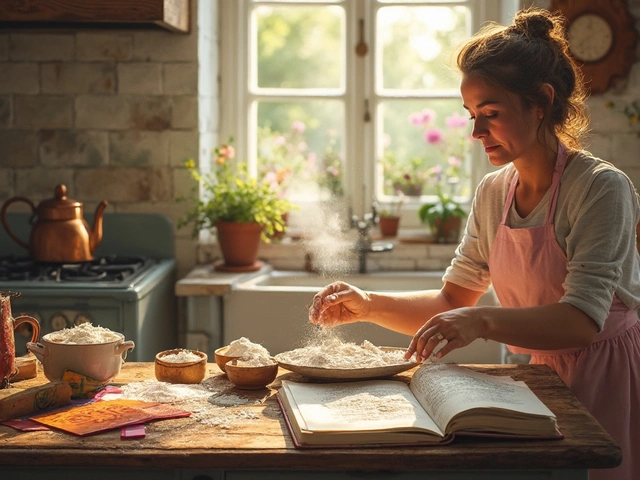
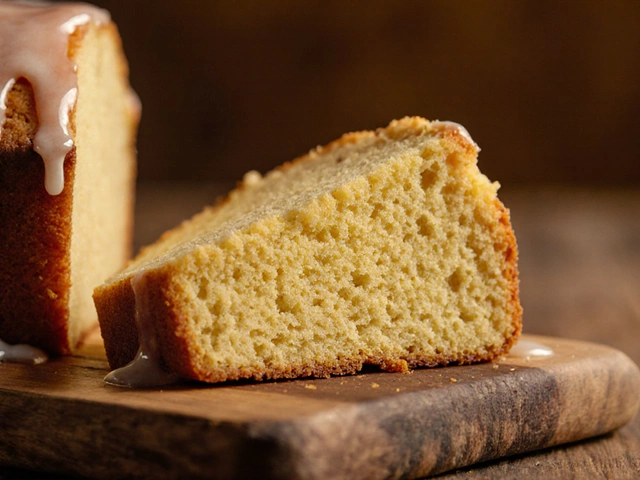

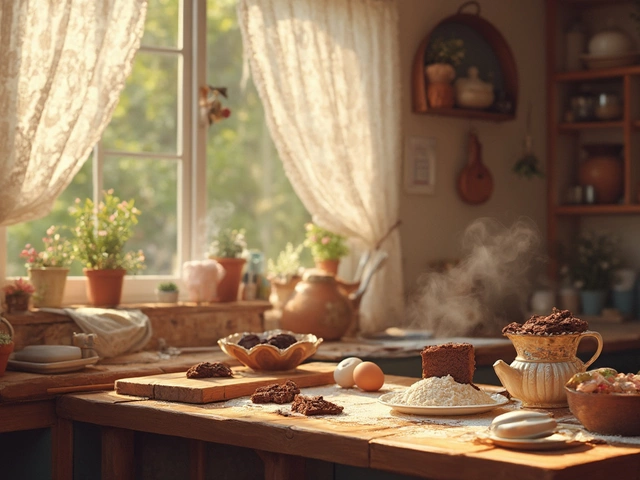

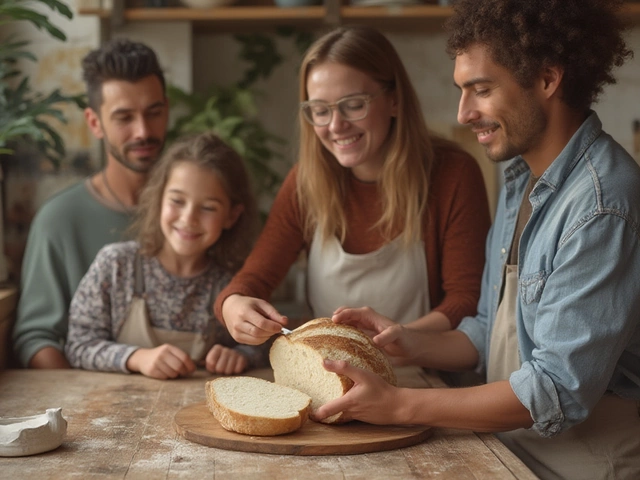
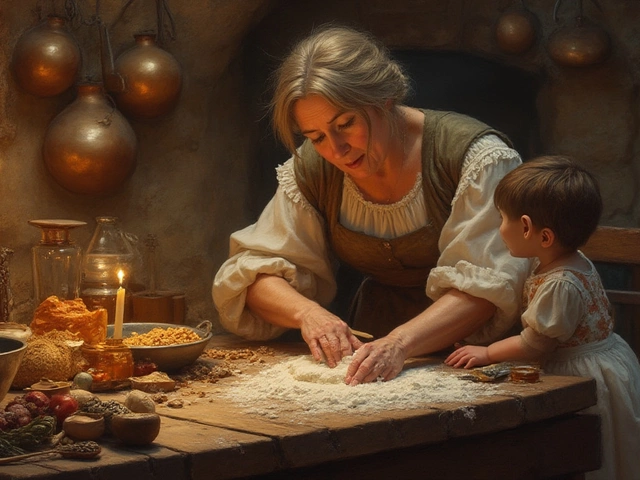
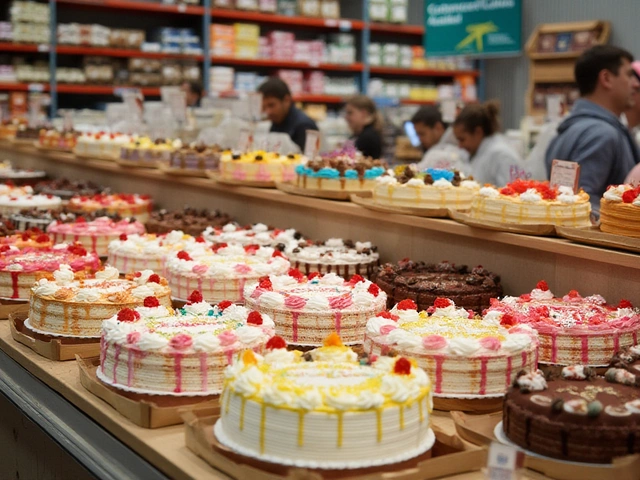
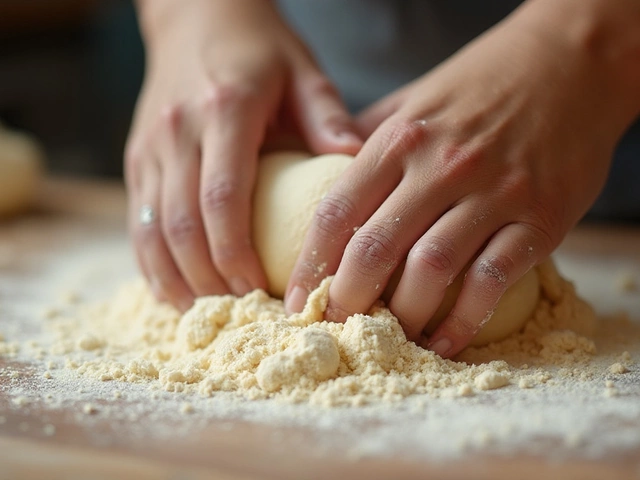
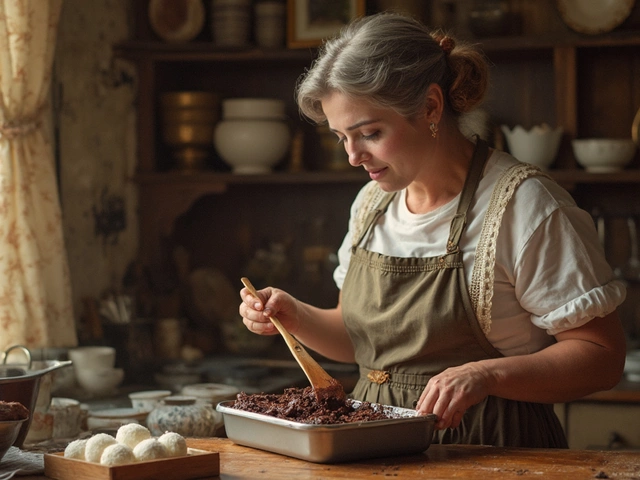
Write a comment